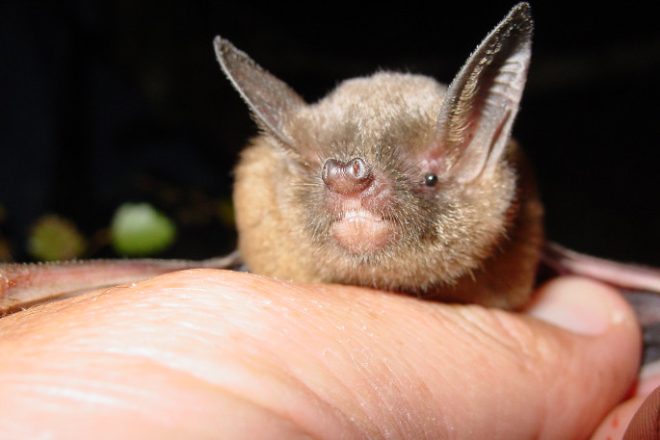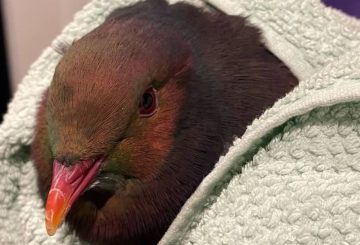의회에 따르면 현재 오클랜드에서는 두 종의 박쥐가 지역적으로 위협을 받고 있습니다.
위원회와 박쥐 전문가 패널은 북부의 작은 꼬리 박쥐인 페카페카-투-포토와 긴꼬리 박쥐인 페카페카-투-로아 (Pekapeka-tou-roa) 를 이 지역에서 취약한 것으로 평가했습니다.
이는 자연보호부의 위협 분류 시스템을 사용하여 해당 종에 대한 최초의 지역 보존 상태 평가입니다.
엄지손가락만한 크기와 AA 배터리 무게에 불과한 페카페카는 뉴질랜드의 유일한 토착 육상 포유류입니다.
짧은꼬리박쥐는 오클랜드 지역의 Te Hauturu-ō-toi/Little Barrier 섬에만 서식하는 것으로 알려져 있으며, 긴꼬리박쥐는 이 지역 전역에서 더 널리 서식하는 것으로 알려져 있습니다.
리틀 배리어 섬에는 포유류 포식자가 유입되지 않았음에도 불구하고 후자의 서식지 손실, 기타 인간 영향 및 기후 변화로 인해 리틀 배리어 섬이 여전히 위험에 처해 있다고 위원회는 말합니다.
오클랜드 카운슬 지역 생물다양성 자문위원인 재신다 울리 (Jacinda Woolly) 는 이 종을 효과적으로 보호하려면 더 많은 정보가 필요하다고 말합니다.
협의회는 페카페카를 모니터링해 온 마나 훼누아와 커뮤니티 단체들의 관심도 증가하고 있다고 말합니다.
2021년, 일반인들이 가장 좋아하는 새에 투표하는 인기 있는 대회에서 긴꼬리박쥐가 올해의 새로 선정되었습니다.
보존 현황 보고서 작업 프로그램은 2021-2031년 10년 예산에 따른 지역 생물 다양성 관리에 대한 위원회의 의무를 이행합니다.
크레딧: sunlive.co.nz






























































